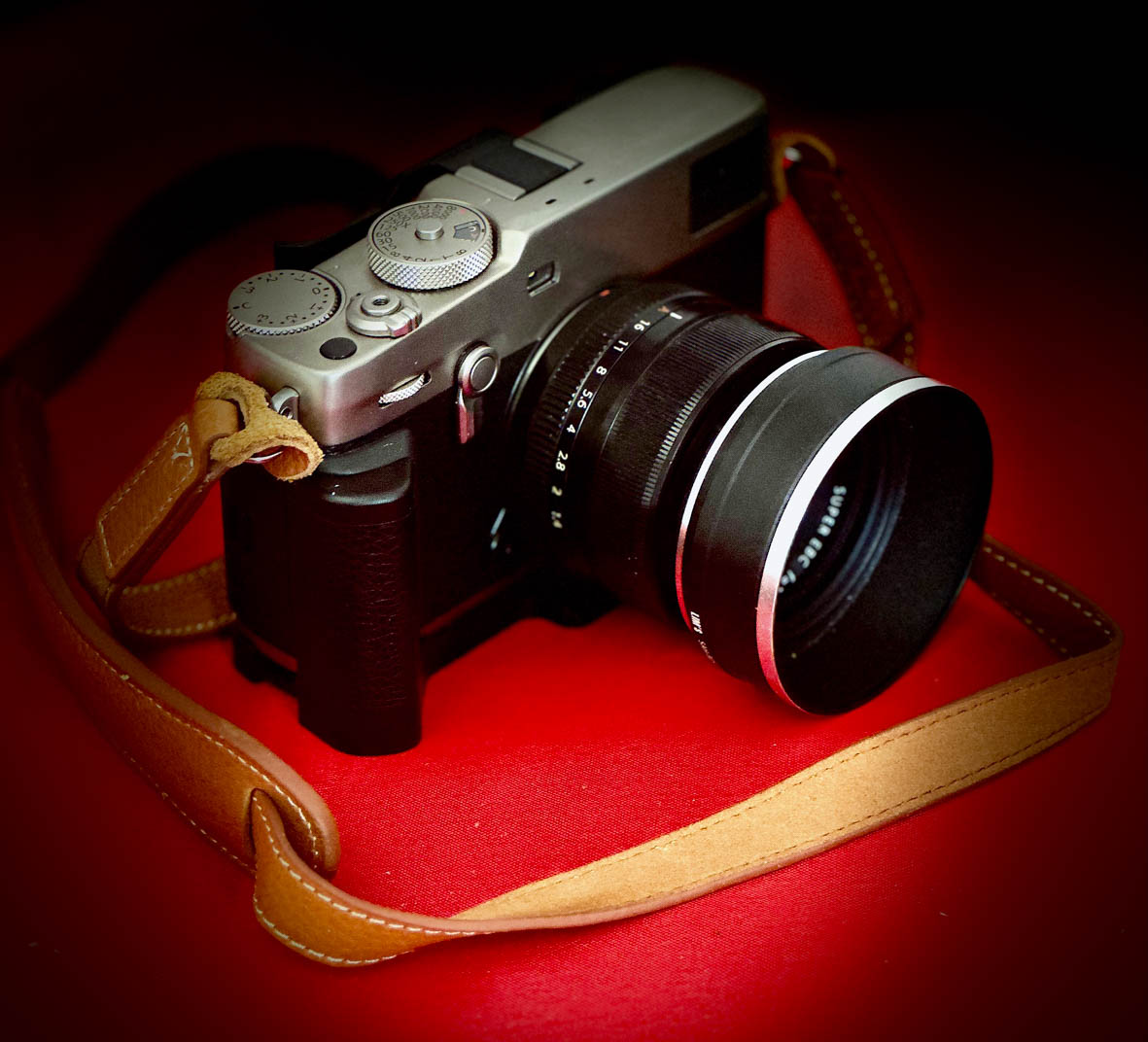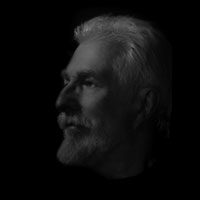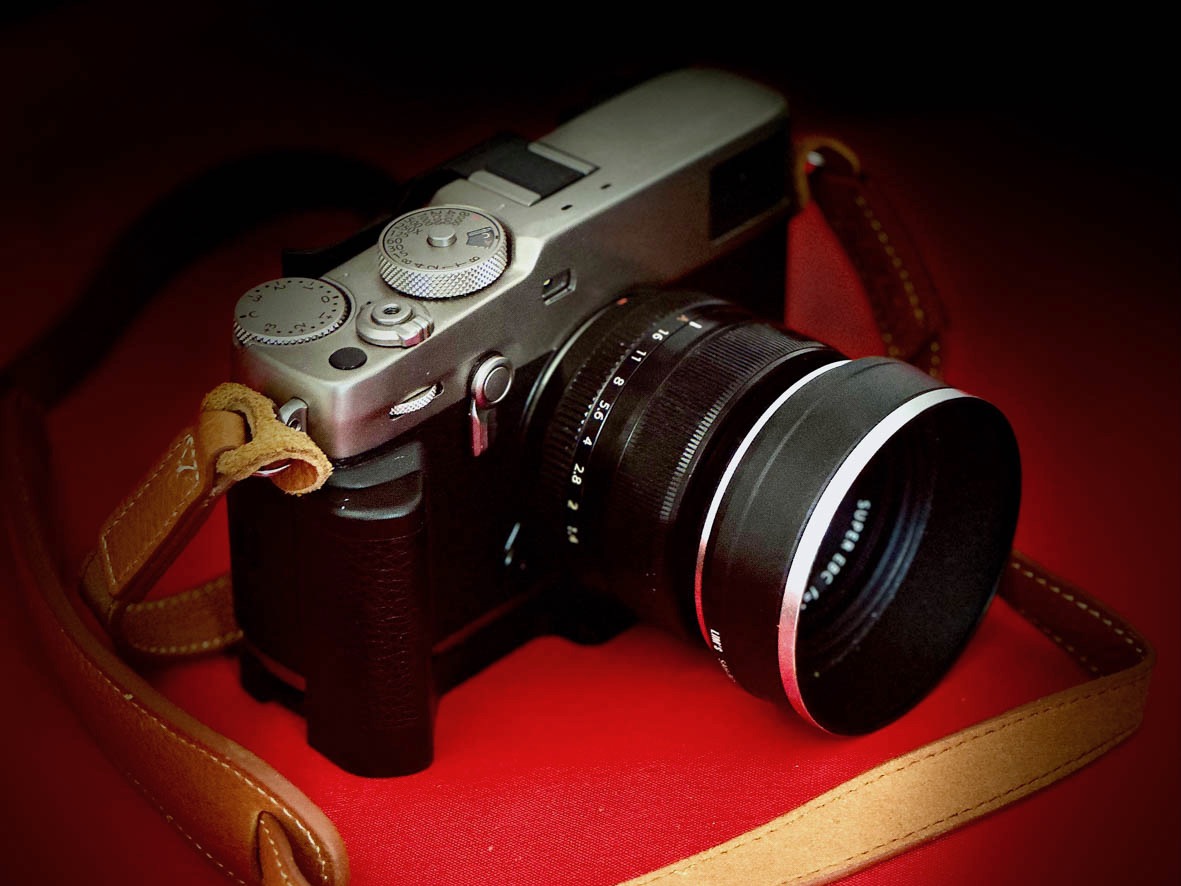“Why Fuji” – Form following function or what feels right…
I think I discovered a new medical condition…
‘Obsessive compulsive photography disorder’
I began life as a graphic designer and illustrator and as with most creatives do, you have periods of discovery, new materials and techniques, plus of course, new inspirations as you discover new artists.
You also develop a love and understanding of the tools and materials you use.
So it is or was for me and photography, I was inspired by many greats, and I developed a love for the tools of the trade.


I will not bore you with a huge list of names of manufacturers and makes of cameras (having used nearly all), but what I will do is list a few that ticked boxes for quality, inspiration and an important factor for me which s tactility and inspiring confidence when using.
I will then try to explain why Fuji tick so many boxes.
Film first
● Nikon F2 SB and A, both tanks that felt right and my favourite combo was paired with 180mm 2.8 Nikon.
● Contax Aria with 25mm 2.8 ‘light and sweet’
● Leica M6 with converted Canon 19mm plus 35 and 90
● Hasselblad XPan with 30-45-90 lenses ‘oh how I miss it’
● Rollie Twin Lens Reflex ‘minimalist to the core, made me think’
● Hasselblad 2000FC with 110mm ‘my favourite for fashion’
● Mamiya RZ67 with 110mm ’second favourite for fashion’
● MPP field camera with 180mm Fuji lens ’could get lost in the quality of the landscape’
● Fuji 6×9, 6×7 and 6×45
● Plus Sensia, Neopan, Across, and Velvia film.
Digital
● Olympus E-10 / E-20 with a fixed zoom lens – Loved these cameras, and still occasionally print images from them even though only 4/5 MP.
● Olympus PEN E-P1/2/3 and OM-D E-M5. Great back-to-basics simplicity and the most luxurious colour and digital grain.
● Sony A900 with Zeiss 135mm F1.8 – Knife edge quality I still marvel at.
● Ricoh GR – Best compact I have ever used.
● All Fuji cameras I have owned and own from X100 to X-Pro3.


I had love affairs with all of them but also fractious times with a couple of the brands.
So I come to Fuji, and the inspiration to write this was me asking myself, ‘Why Fuji’.
My history with Fuji cameras covers large format lenses, 6×17, 6×9, 6×7 and 6×45 film cameras and the first Fuji digital compact.
My first real Fuji digital camera body was an X100 which, if I remember correctly, was the first one in the UK sold to me by Harrison Cameras.


Much has been written over the years by many people about the X100 series so all I am going to say is not only does it do what it says on the box but it does it beautifully.
I am including a few images relating to the listed cameras and the one from the X100 is one of my all-time favourites. I cannot explain why it just grabs me, and I will include two versions of roughly the same photo (different aspects), one in black and white and one in colour.


From the X100 onwards it was X-Pro1/2/3, X-T 1/2, XE-1/2/3, X100/S/F, X-H1 and also the X10.
Gradually I changed from using Sony FF in tandem with the Fuji X series to totally X series.
So ‘Why Fuji’
They sit in my hands like they are part of my exoskeleton. Yes, there are foibles (X H1), the golden globe in the X10.
But Fuji cameras just ‘are’.
I am what is known in English as being anally retentive about dust and changing lenses (I’m clumsy) so each body permanently has a lens attached. The only exception is when I use the 2x with the 75-300.
Even though I like the form factor of the X100 series, the bodies which are the most like extensions of me are the X-Pro series.




I read an article recently discussing whether should it be X-Pro3 or X-T5 and the writer mentioned the fact of the viewfinder being offset was more comfortable…
Cue lightening bolt that after 40 years using RF type bodies one of the many plus points was ‘writ large’ and I had never realised it.
I sat fondling an X-Pro body and realised just how many boxes it ticked for me, from the optical hybrid viewfinder to the chunky feel with grip attached. I do not have large hands, but they feel right.
Tactility and love for a camera are very personal.




Fuji gets so much right and in some ways so much better than other makes. AND they make beautiful images which at the end of the day, is what matters whether from a box Brownie or the latest all-singing and dancing machine and then it is down to the creator to create.
Fuji as a manufacturer are also pretty consistent and listens to its customers.
I am lucky enough that I can choose any make or model to fulfil my Obsessive Compulsive Photographic Disorder and allow me to make images but…
Fuji does it and does it very well.
I realise that I am in an ageing minority as most photographs are taken on a mobile (including by me). The images are of great quality, but I do not get the tactile immersive experience I get from using a dedicated camera.




Good photographs can be made by anybody these days democratising photography.
I also started to consider ‘how did I learn about photography and the equipment’. I went to art school and learned the basics as part of my course, and it rekindled a love I first experienced taking snaps of my parents with a box brownie and a couple of years later watching a cousin develop a black and white print on an enlarger made out of a biscuit tin.
After college I quickly realised how important photography was in my chosen career route ‘graphic design’.




My tutors for the next few years were Ansel Adams, Charlie Waite, Fay Godwin, and Edward Weston, who taught me Landscape and light. Saul Leiter, John Claridge, Ernst Haas, and Pete Turner, who taught me colour. Willy Ronis, Robert Doisneau, Diane Arbus, Nan Golden, Tina Modotti, Lee Miller, Manuel Álvarez Bravo, Eve Arnold, Robert Capa, Abbas, Atget and Cartier Bresson, who taught me street and people. David Bailey, Terence Donovan, Helmut Newton, Richard Avedon, Annie Leibovitz and Sam Haskins, who taught me fashion and portraits. David Hockney and Andy Goldsworthy, who taught me the use of technology with the traditional. Martin Evening, who taught me Photoshop and Lightroom. They did not know they were teaching me through magazines, books and exhibitions and there were many more.
I learned through trial and error making lots of technical errors which were costly on film.
Gradually, photography was an equal partner with graphic design then gradually became the senior partner.


Through my tutors I learned about exposure, colour and also about their choice of equipment. By looking at images by John Claridge I discovered catadioptric lenses and GAF 500 slide film with grain like tennis balls.
My transition to digital was made in total isolation with no one to talk to or ask questions, it was back to trial and error at one stage I had 9 printers in my search for print quality to match chemical prints.
I do sometimes struggle with the plethora of websites offering photographic tuition, and when you look at the tutors’ images, many are ‘so what’ or, as they say where I originated from, ‘they have no balls’, and yes, that leaves me open to criticism of my images, but technically knowledgeably people do not necessarily make good or creative photographers, and I am too old to worry about criticism.





Online courses and YouTube can be good learning resources for the technical maze in which we process our images, but remember, whether you pay or not for a course, look at the tutors’ images to see if they inspire you. Creativity cannot be taught easily but the technical side can, and searching out images by creative photographers and artists can help your creative development.
The best way is ‘just to do it’ and do not worry about mistakes. Learn from them but also look at the work of great creatives of all genres. There are people passing on their skills and knowledge, but only you can decide the parameters of a photo and when to press the shutter.
An example of trying to teach creativity is every so often an article will appear pushing the idea of movement in photography like a magical new way of creating. I first discovered the technique on seeing some Ernst Haas images made in the 1950s and 60s. I love it, but you need to think carefully about the subject and how it will look. I have used the technique on animals, plants, people, street, cars etc., but the success rate compared to the volume is low, it is not just a case of waving a camera around. There are some great exponents of the technique but many more mediocre partitioners.


I also realise that I am in a minority because I am in a drone, AI, and social network free zone. OKAY as a Lightroom and Photoshop user, they have AI built in now to help with areas like de-noise but the idea that you could sit at home and create a holiday portfolio by typing words does nothing for me or my love of photography.
I think I am in serious danger of becoming a curmudgeonly luddite.
Finally, I am creating a GAS free vacuum. I will not move on beyond X-Pro3 because that camera and my older bodies will give me A2 or A1 prints at a push which is all I can ask for.
Related to the above, I also enclose a snap of my favourite go-to camera at the moment. Last week I was taking some snaps on the street with it and a gentleman asked is it a Leica, I said no it is a LIKA – a camera I like a lot.

Why Fuji? Because they just are.
David








“I was born in the UK and worked as a graphic designer and photographer for most of my life and I feel privileged to have been doing what I love throughout my life and been paid for the pleasure.
I started to take photographs with a Box Brownie at the age of 7 or 8 years old, but the big revelation came when I was 10 and I watched my cousin develop a black and white print using a home made enlarger, ‘that was it, I was hooked’.
The next momentous photographic event came on top of a mountain in Switzerland at the age of 13 when I suddenly thought how do I capture the whole scene. ‘I suddenly knew!’ if I took a series of photographs with my Kodak 127 then join the prints later that should work. It did! 50 years later I am still making panoramic photographs but now digitally though I do occasionally miss the Xpan panoramic camera which stands out among the mass of 5 x 4, roll film, 35mm cameras I have used over the years.
I have shot fashion, cars, musicians, products, hung out of helicopters, photographed air to air and covered the Silver jubilee of the British Queen, but I now work solely on my personal projects.”




